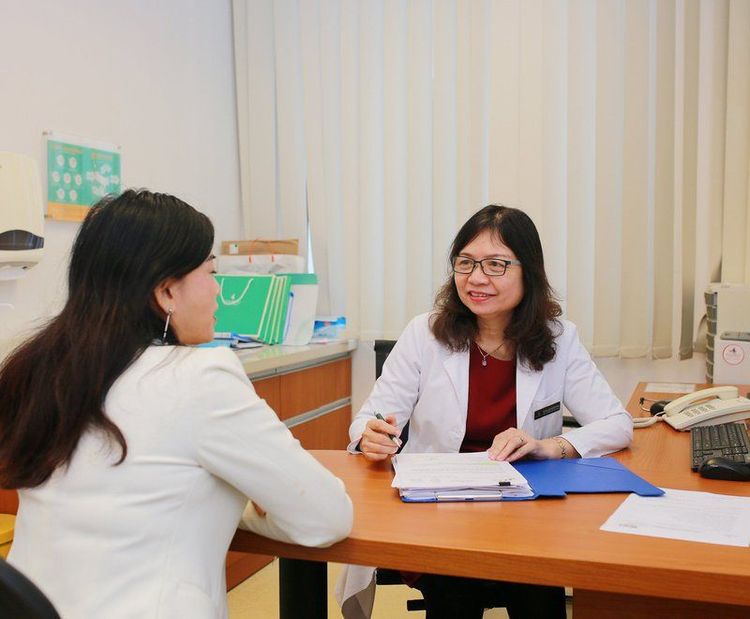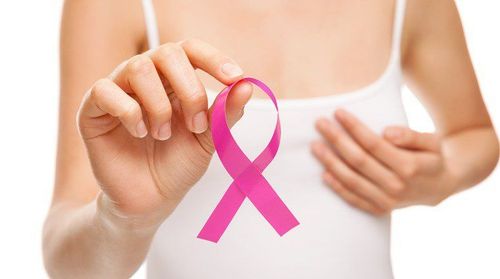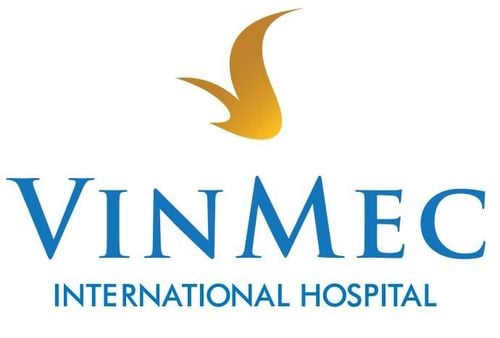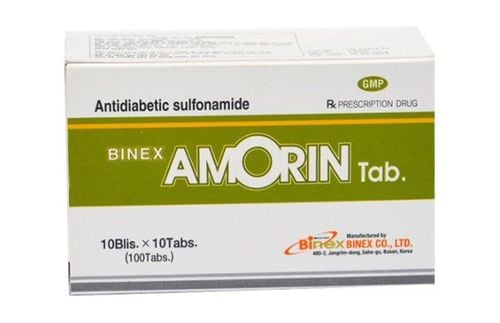This is an automatically translated article.
The article was written by doctors of Internal Oncology Department - Vinmec Times City International General Hospital.Breast cancer is a common cancer in women. However, not all women are at risk of developing breast cancer during their lifetime. Studies have shown that a number of risk factors increase the likelihood that a woman will develop breast cancer.
1. Risk factors
The presence of risk factors for breast cancer does not mean that cancer is certain. Many women carry risk factors but never develop breast cancer. Instead, risk factors help identify women who might benefit most from screening or other preventive measures.It is important to remember that breast cancer can also occur in women with no risk factors:
Age: The main risk factor for breast cancer in most women is age. The incidence of breast cancer increases sharply with age until 45 - 50 years, after which the increase is less. From the age of 75 to 80, the graph showing the incidence of the disease was horizontal and then started to decrease. Gender: Breast cancer is the most common cancer in women and occurs 100 times more commonly in women than in men. Race/ethnicity: In the United States, white women have the highest rates of breast cancer; For every 100,000 women, 124 cases are diagnosed. Breast cancer rates are lower in black women (113 per 100,000), Native Americans/Alaska Natives (92 per 100,000), and Hispanic women (90 per 100,000). This rate is lowest among Asian Americans/Pacific Islanders (82 per 100,000). Weight: Weight gain and obesity are associated with an increased risk of postmenopausal breast cancer, but this is not associated with menstruating women, although the mechanism of this association is unclear. Tall stature: Tall stature is associated with an increased risk of breast cancer. Benign breast disease: In addition to breast cancer, women can have other abnormal lesions in the breast. These abnormalities may represent overgrowth of mammary gland tissue (also known as proliferative lesions) or possibly fibrous tissue proliferation, dilatation of the mammary glands, or cyst formation (known as non-proliferative lesions). proliferation). Women with a history of proliferative breast lesions are at increased risk for breast cancer, especially if abnormal cells are present (atypical hyperplasia). Breast density on mammogram: Women whose mammograms show more dense tissue areas have a higher risk of breast cancer than women whose mammograms show more fatty tissue. High bone density: Women with high bone mineral density (BMD) have a higher risk of breast cancer. Bone contains estrogen receptors and is sensitive to circulating estrogen. Therefore, BMD may reflect circulating estrogen levels. Personal history of breast cancer: Women with a history of cancer in one breast have an increased risk of developing cancer in the other breast. If a woman has a history of carcinoma in situ (DCIS), the risk is about 5% over the next 10 years. However, if it is invasive breast cancer, the risk is 1% per year for premenopausal women and 0.5% per year for postmenopausal women. Family history: Family history is an important risk factor for breast cancer, especially in families where a mother, sister, or daughter has had breast or ovarian cancer despite the prevalence. Patients in this group only about 20% of women with breast cancer. Postmenopausal hormone supplementation: Long-term use of an oral estrogen-progestin combination in women aged 50 to 79 years increases the risk of breast cancer as well as heart disease, stroke, and blood clots in the legs. In contrast, many studies have documented that oral contraceptives are not clearly associated with an increased risk of breast cancer. Age at onset of menstruation and menopause: Both a younger age at the start of menstruation and a later age at the onset of menopause increase the risk of breast cancer. Pregnancy and breast-feeding: Some studies show that women who have had multiple births are less likely to develop breast cancer later in life than women who have never had children. However, other studies show this is only true for women who start having children before age 35. Breastfeeding has also been found to be associated with a reduced risk of developing breast cancer; especially those with a longer breastfeeding period. Abortion is not associated with breast cancer risk. Physical inactivity: Although there is no direct evidence that inactivity is associated with an increased risk of breast cancer, physical exercise protects against breast cancer in both premenopausal and postmenopausal women. Menopause is always advocated Smoking: Both passive and active smoking are associated with an increased risk of breast cancer, especially in premenopausal women. This risk is associated with earlier age of smoking, longer duration and/or higher number of years of smoking. Alcohol: There is a significant relationship between alcohol consumption and increased risk of breast cancer, starting with alcohol consumption as low as three drinks per week. The risk seems to increase with greater alcohol and additive consumption with the use of menopausal hormone therapy. There doesn't seem to be a difference by type of wine.

Rượu bia là một trong những nguyên nhân chính gây ra bệnh ung thư vú ở phụ nữ
Diet: Several studies have shown that a diet high in fruits and vegetables leads to a lower risk of breast cancer. There was no effect on breast cancer risk in women who ate a lot of refined grains, sweets, and high-fat dairy. Red Meat Consumption: Eating more than five servings of red meat per week may be associated with an increased risk of breast cancer in perimenopause. Calcium/vitamin D: Diets low in calcium and vitamin D are associated with an increased risk of breast cancer in premenopausal women but not in postmenopausal women. However, a study of women who supplemented their diets with vitamin D and calcium found no difference in the number of women diagnosed with breast cancer. Antioxidants: There is no evidence of an effect of vitamin A, E or C or beta-carotene supplements on breast cancer risk. Soybeans are natural plant substances that have a chemical structure similar to estrogen.
2. Environmental factors
Exposure to ionizing radiation: Exposure to ionizing radiation to the chest area at a young age, as in treatment for lymphoma or in survivors of atomic bombs or nuclear accidents, is associated with an increased risk breast cancer.Night shift work : Night shift work is recognized by the Agency for Research on Cancer and the World Health Organization as a probable carcinogen. Women who work night shifts have a higher risk of breast cancer than women who don't work night shifts. The main reason for this is still being studied but can be thought to be related to the hormone melatonin, which is normally produced at night.

Phụ nữ làm việc vào ban đêm có nguy cơ mắc ung thư vú cao hơn so với những phụ nữ không làm ca đêm
3. Advice for women
Lifestyle changes - Several lifestyle changes can reduce breast cancer risk:Plan for your first birth before age 30. Breastfeed for at least six months. Avoid or limit the duration of menopausal hormone therapy. Avoid or quit smoking. Limit alcohol intake. Maintain a healthy weight. Limit night work. Adopt an active lifestyle. This should include at least 150 minutes of moderate-intensity activity weekly, 75 minutes of vigorous-intensity activity weekly, or at least some physical activity above a person's usual routine, in addition to limiting static behavior. In addition, detecting the disease at an early stage is considered the key in successful treatment of breast cancer. By specific treatment measures such as surgery, radiation therapy, chemotherapy and in combination with other advanced methods: hormonal therapy, biology (targeted therapy), breast cancer patients life can be saved. Stage 1 breast cancer usually has a high survival rate (over 5 years) of 80-90%.
Vinmec International General Hospital has been implementing breast cancer screening packages to support customers to examine and detect disease early for timely treatment. Package details at:
Breast cancer screening package

Vinmec đã và đang trở thành một địa chỉ uy tín trong sàng lọc ung thư vú













